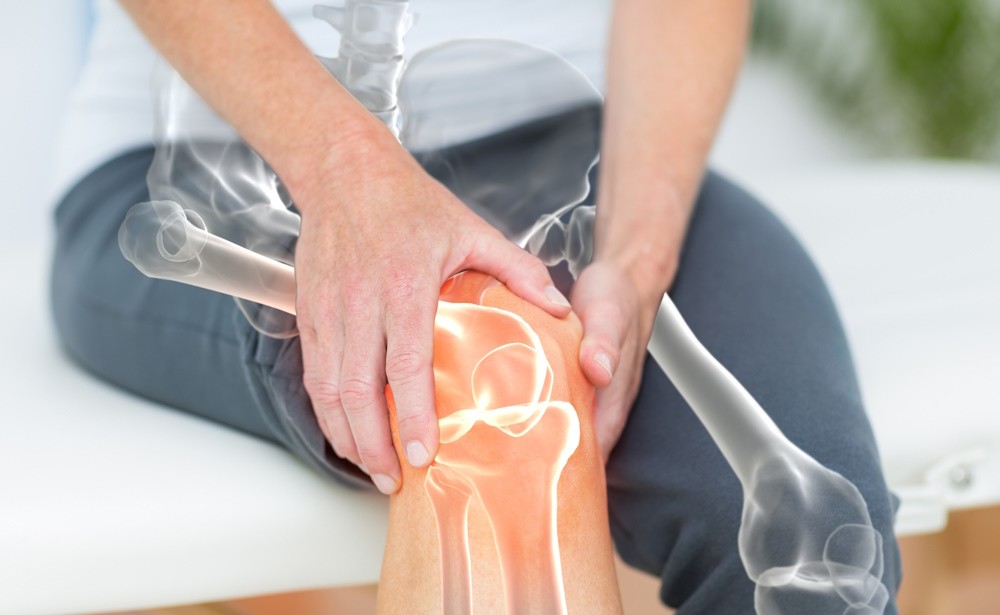Breaking Down How Winter Impacts Joint Health and When Physical Therapy Is Warranted
If you’ve noticed that you’re experiencing more joint pain and stiffness than normal, that’s not your imagination. As winter weather ramps up, many individuals may feel changes in their joints and orthopedic health. Cold weather can have a significant impact on the musculoskeletal system, leading to discomfort and stiffness.
In this blog, we’ll explore how cold weather affects orthopedic health. We’ll also provide some practical tips for protecting your joints against the elements and the role professional physical therapy plays in improving joint health.
Winter Weather and Joint Health
Cold weather often exacerbates joint stiffness and pain, particularly in individuals with arthritis or other joint-related conditions. The drop in temperature can cause synovial joint fluid to thicken, resulting in increased friction and discomfort. Weight-bearing joints, such as the knees and hips, may be particularly susceptible.
Another theory on the subject is that joint pain and discomfort is caused by drops in barometric pressure. When there is less air pressure, this affords tendons, muscles, and other tissues more room to expand. The expansion of these tissues can lead to additional pressure being placed on the joints, resulting in pain and discomfort.
Finally, people are usually less active in the winter than they are during warmer months. Cold weather can impact joint health, but so can long periods of inactivity. Although it may be easy to spend a snowy day on the couch, getting up and moving around is the best way to keep your musculoskeletal system in good working order. This is especially important for seniors and those who have pre-existing conditions that impact their joints.
Professional Physical Therapy and Musculoskeletal Health
Although physical therapy and rehabilitation are most associated with post-injury and post-surgery recovery, they yield several benefits to those who are battling joint pain and discomfort.
Professional physical therapy consists of exercises, stretches, and movements that foster improved musculoskeletal health. Licensed physical therapists guide patients through these exercises to ensure proper form is used and provide support when needed.
Professional physical therapy is ideal for those who want to:
- Relieve pain holistically.
- Improve mobility, balance, and strength.
- Manage a chronic illness that affects their joints.
- Rehabilitate after a surgery, injury, or accident.
If you’re searching for physical therapy near you, it’s best to work with a provider who is associated with an orthopedic practice. This ensures that musculoskeletal issues are properly diagnosed before committing to a physical therapy regiment.
Other Methods of Mitigating Winter Weather-Related Joint Issues
Professional physical therapy is effective for relieving joint pain and improving mobility, but it’s not necessary for everyone. Those who experience low to moderate pain and discomfort can find relief using more common methods.
For example, you can help mitigate cold weather-related joint pain by dressing in layers and insulating your joints. Heating pads and warm compresses are also highly recommended, especially for those who plan on sitting outdoors in the cold for an extended period, such as at a football game.
For additional relief, engage in gentle stretching exercises to maintain joint flexibility. Resistance bands are another method you can employ to challenge your joints and muscles, and they can be conveniently used in the home.
When to Seek Physical Therapy Near You
Despite their best efforts, some individuals may still experience persistent orthopedic issues during cold weather. This can lead people to wonder if they require medical assistance or if they should try to endure the pain points that winter weather brings.
Signs that physical therapy or an orthopedic exam may be warranted include:
Persistent pain: If joint pain persists despite self-care measures, it’s crucial to seek professional evaluation.
Limited range of motion: Difficulty moving a joint through its full range of motion may indicate the need for targeted exercises and therapies.
Increased stiffness: If stiffness is impeding your daily activities, physical therapy and rehabilitation can help improve flexibility and mobility.
Recurrent injuries: If you find yourself experiencing recurrent injuries or strains, physical therapy can address underlying issues and provide preventive strategies.
Be Mindful of Your Orthopedic Health This Winter
Understanding the ways cold weather affects orthopedic health empowers individuals to take proactive steps in safeguarding their joints. By utilizing holistic methods, dressing warmly, and getting the necessary physical activity, you can spare your joints the common aches and stiffness associated with cold weather.
However, those who have preexisting conditions or symptoms that greatly reduce their ability to function shouldn’t hesitate to reach out for help. If you experience persistent orthopedic issues, consulting with a healthcare professional or a physical therapist is key to developing a personalized plan for optimal joint health. After you’ve been examined, your physician can determine if professional physical therapy is the best option.
The advantage of consulting with an orthopedic physician is they can provide a variety of treatments that help with pain management, inflammation, lack of mobility, and stiffness. Contact your local orthopedic physician to learn more about physical therapy and other treatment options.

